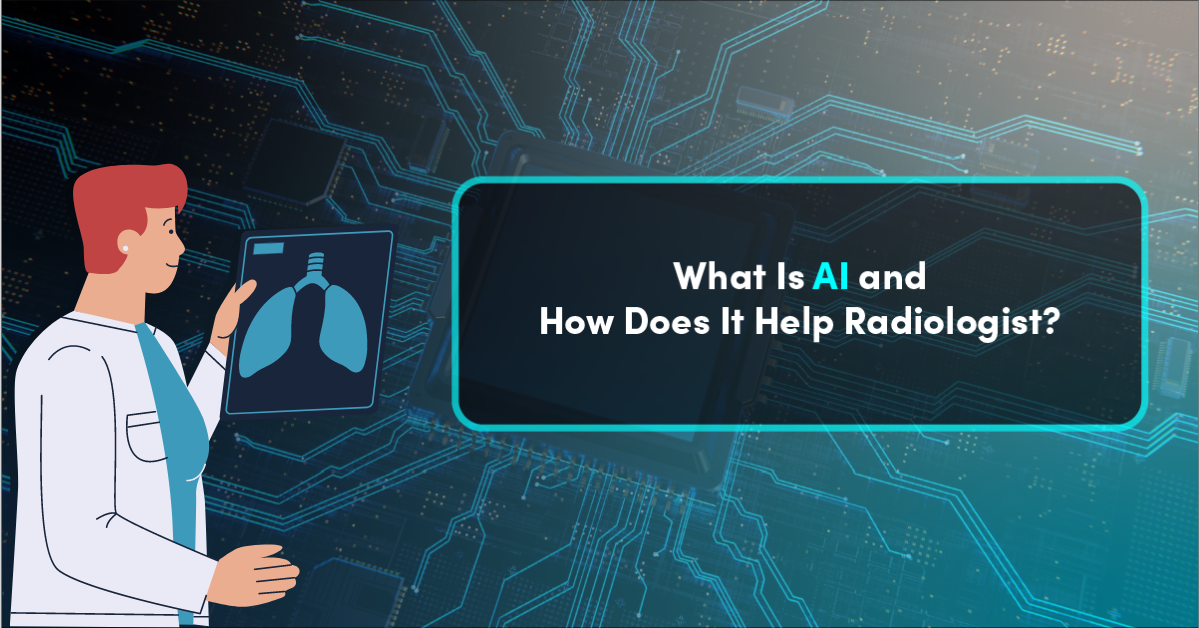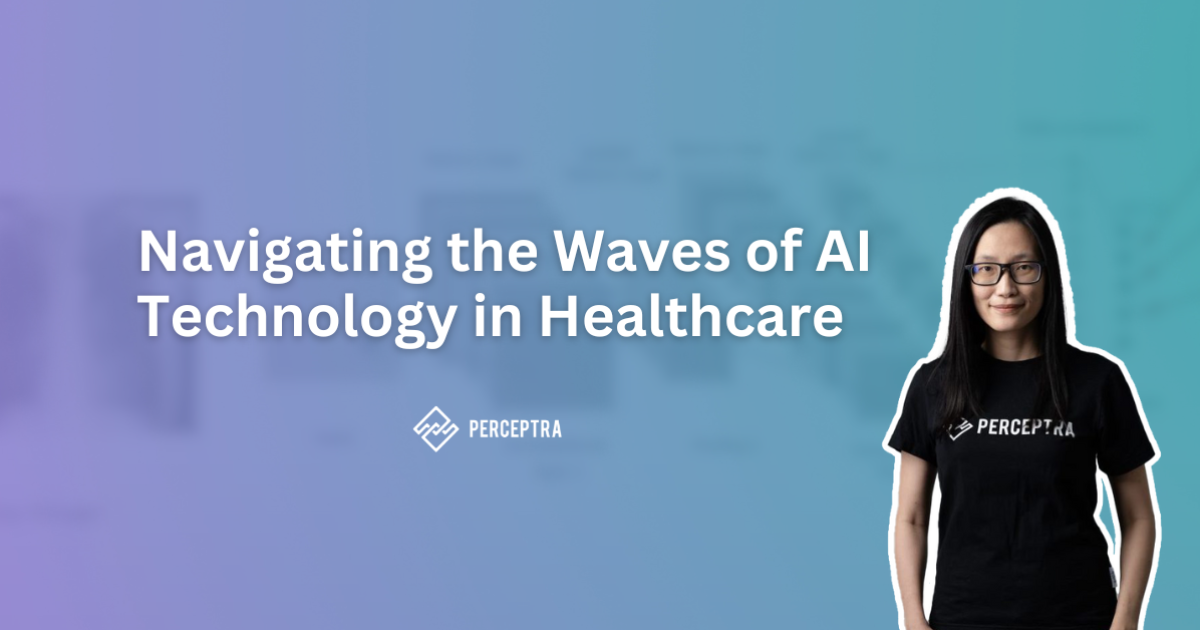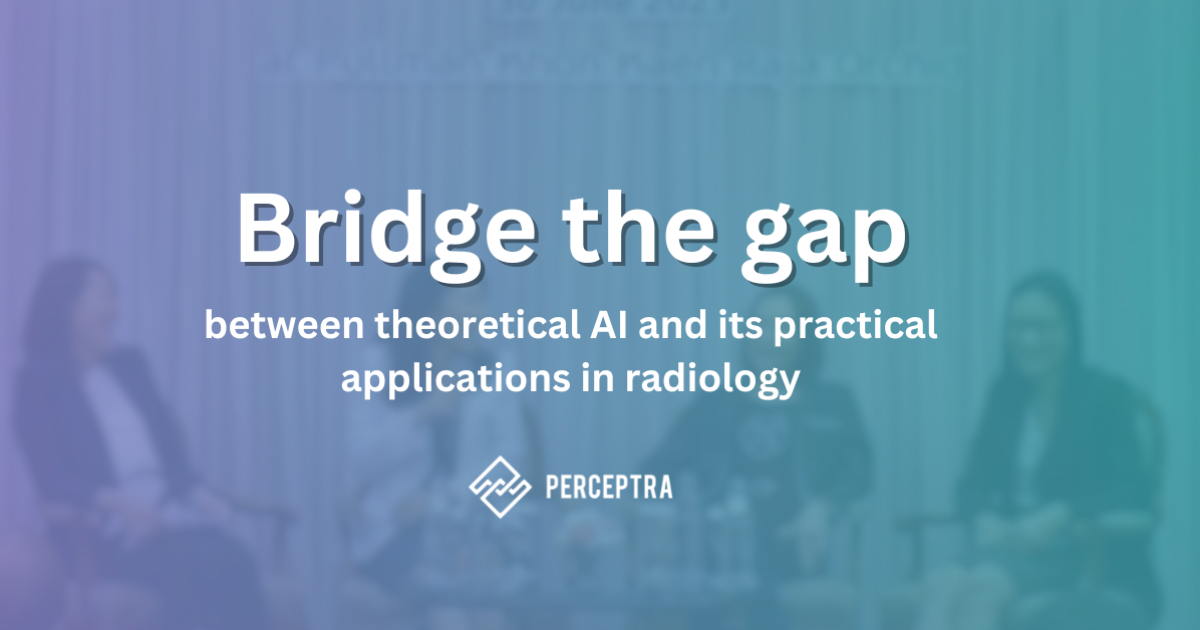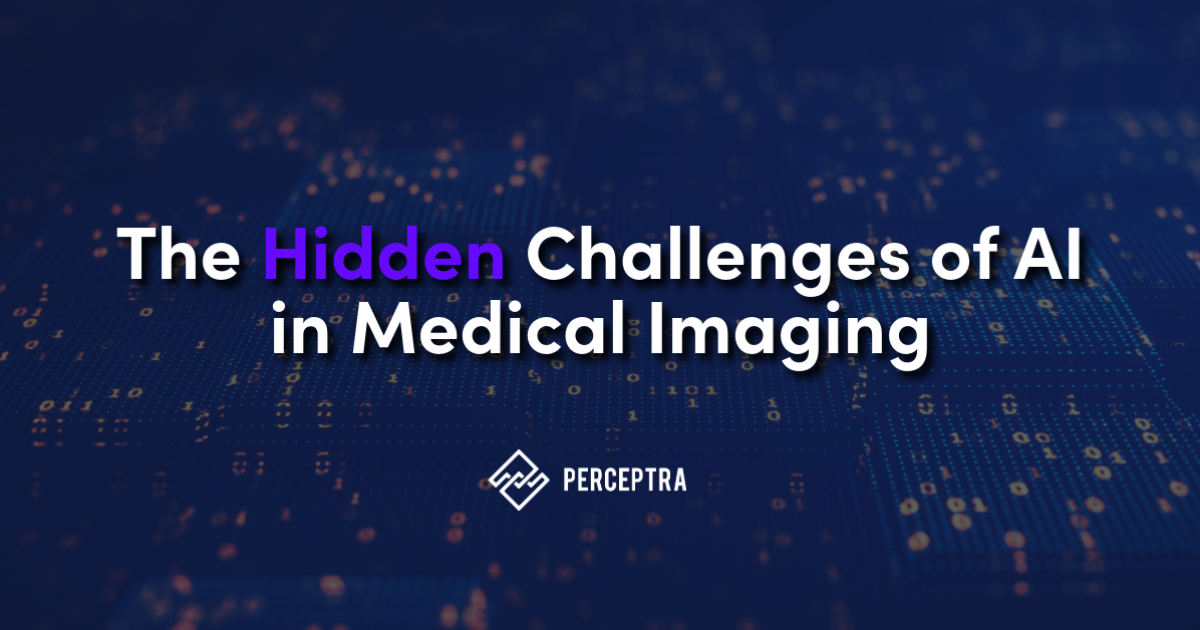Artificial intelligence (AI) is a broad term with almost limitless interpretations and numerous misconceptions. AI has been widely used in various global industries such as banking, healthcare, automotive, and e-commerce. Although AI is not a new term, it often seems like a buzzword tied to machine learning and deep learning, which NonTech savvy people need some time to understand.
AI was first coined the term in 1956 by John McCarthy “the science and engineering of making intelligent machines”. Almost 40 years later, in 1995, the US FDA approved the use of AI for medical purposes. The US FDA reveals that Radiology has experienced the steadiest increase of AI/ML-enabled device submissions of any specialty, and as of July 2023, 79% of authorized devices are in Radiology.
Breaking down the buzzword
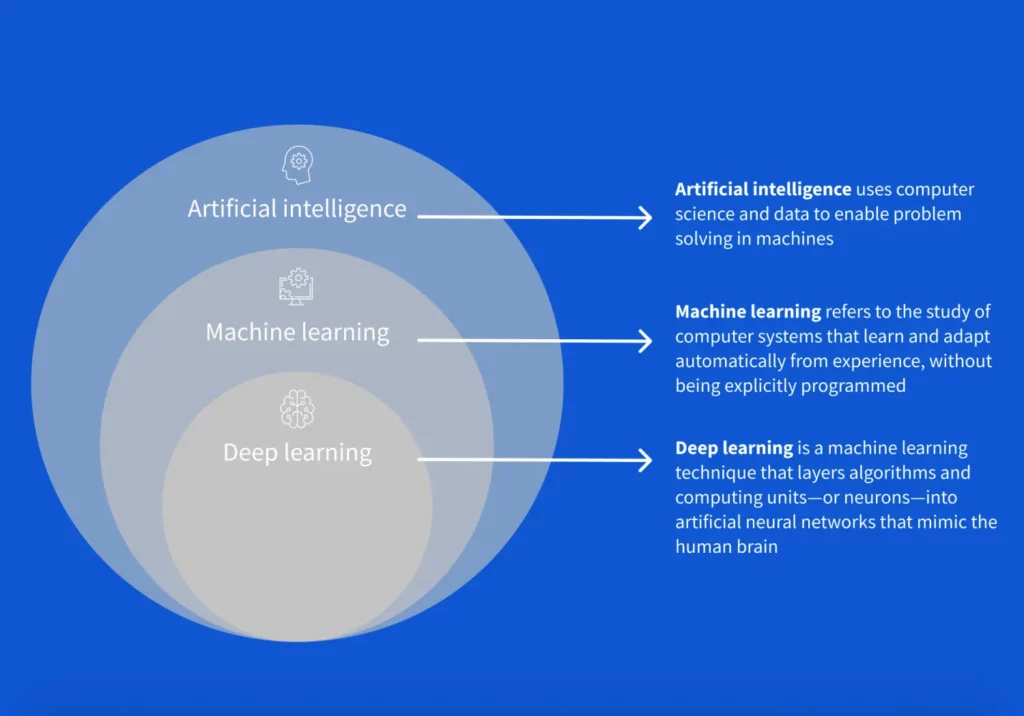
What is AI?
As I mentioned earlier, AI is a broad term. There are almost limitless interpretations and numerous misconceptions.
Google Cloud defines AI or Artificial Intelligence as “a set of technologies that enable computers to perform a variety of advanced functions, including the ability to see, understand and translate spoken and written language, analyze data, make recommendations, and more.”
What is Machine Learning?
While AI is the broad science of mimicking human abilities, machine learning is a specific subset of AI that automatically enables a machine or system to learn and improve from experience or data without being explicitly programmed.

There are 3 types of machine learning. Here is the summarized one;
- Supervised Learning → Learning from labeled data
- Unsupervised Learning → Learn without explicitly labeled data
- Reinforcement Learning → Learn through trial and error using either negative or positive feedback from its actions
In radiology, machine learning is trained to solve tasks independently using pattern recognition. For example, it can be trained to recognize the patterns indicative of tuberculosis in chest X-ray images.
What about Deep Learning?
IBM states that deep learning is a subset of machine learning, which is essentially a neural network with three or more layers. These neural networks attempt to simulate the behavior of the human brain—albeit far from matching its ability—allowing it to “learn” from large amounts of data.
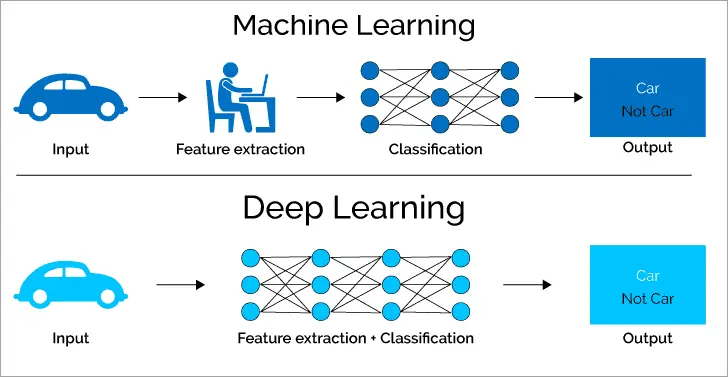
Deep Learning requires a lot more data than traditional Machine Learning. Machine Learning can work well with around a thousand data points, but deep learning usually requires millions.
In clinical practice, while assisting physicians in diagnosing medical images, AI would have to deal with more complex tasks where there are no definite rules or features that can simply be extracted manually. Therefore, Inspectra CXR deploys Convolutional Neural Networks, a specific type of deep neural network designed for processing and analyzing visual data, to learn features from millions of expert-annotated data, enabling it to make accurate predictions.
How Does It Help Radiologists?
Due to the shortage of radiologists, they face an extensive amount of work, tons of images to interpret, and the need to operate under time constraints. AI provides opportunities to streamline their workflow, assist radiologists and other medical professionals in reducing human error, and deliver services 24/7 without fatigue.
Here are some common AI use cases in radiology
- Second looker
AI functions as a second reader for radiologists, allowing them to confirm their thoughts or receive alerts on areas that might be overlooked before issuing a report or making the final decision. - Doctor assistant
Due to the limitation of the 2D plain X-ray images, sometimes subtle lesions are challenging to detect. AI may function as a doctor assistant, supporting non-radiologist or attending physicians in making diagnoses. Radiologist opinions are requested only when attending physicians are uncertain about a particular case. - Prioritization
Under time constraints, AI can intelligently identify and prioritize images with indications of severe conditions or critical abnormalities, ensuring that radiologists or attending physicians focus on urgent cases first. - Triage and screening
Physicians often operate under time constraints and over workloads. AI can efficiently perform an initial triage of CXR images, swiftly categorizing them based on potential abnormalities or urgency.
